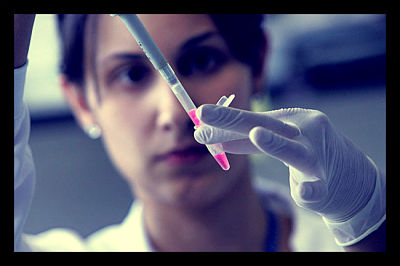What is PEER?

PEER or, Partnerships for Enhanced Engagement in Research, is a collaboration between the U.S. Agency for International Development (USAID) and the U.S. National Science Foundation (NSF). PEER is a competitive grant program that allocates money to scientists in developing countries, who are working on research that is of importance to the development of their respective regions. PEER focuses on granting money to scientists whose research involves food security, climate change, or other development tools such as biodiversity and renewable energy. PEER attempts to create connections between scientists of developed countries and scientists of developing countries. The grants allow these scientists to conduct research that they would not have been able to do without a grant. PEER is a relatively new program, being two years old.
Alex Dehgan, science and technology advisor to USAID Administrator Rajiv Shah commented, “…PEER Science has provided over $12 million to 98 projects in 40 countries, and we are already seeing the tremendous benefits of bringing together developing and developed country researchers to solve some of our greatest global development challenges.”
Previous PEER success stories include reducing the risk of landslides and earthquakes in Lebanon and Bangladesh, decreasing air pollution in Mongolia, and improving the resilience of coral reefs and related habitats in Indonesia. PEER allows scientists in 87 countries to apply.
DeAndra Beck, program director for developing countries at NSF said, “With two or more parties contributing resources, a true intellectual partnership can be established, maximizing the potential to advance the pursuit of science and development in new and creative ways.”
PEER just announced its second cycle of awardees this June. PEER selected 54 new projects to receive a portion of the $7.5 million allocated to this cycle. Awardees were chosen out of 300 highly qualified applicants. These 54 projects reach across 32 countries and will focus on development issues. This has been an incredibly successful program in the short two years it has been running. Its innovative idea to connect scientists all over the developing world has been very effective in solving certain development issues.
– Catherine Ulrich
Sources: National Academies, All Africa
Photo: Minnesota Public Radio
